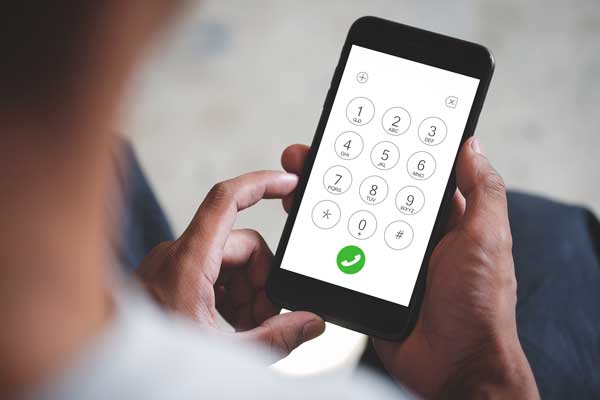What is USSD (Unstructured Supplementary Service Data)?
Sometimes referred to as “quick codes” or “feature codes”, USSD (Unstructured Supplementary Service Data) is a messaging protocol used in GSM-based cellular networks.
Like SMS (Short Message Service), USSD enables the transmission of short text messages (in the case of USSD, the maximum message size is 182 characters or 16 bits of data).
The main difference between USSD and SMS technologies is that USSD is session-based.
SMS works on a store-and-forward basis; i.e. when one device sends an SMS to another, no dedicated communication channel is opened, and there is always a short delay in the recipient getting the message. By contrast, when a device sends out a USSD request, a transparent channel is automatically established between sender and recipient. In this way, the recipient can respond to the sender’s requests in real time.
A USSD communication exchange usually starts by a query being sent from a mobile device (e.g. a request for an account balance reading). To send it, the user has to dial a specific short code. Once sent, a USSD gateway forwards the message to a USSD application, which responds to the request. The response then goes back to the USSD gateway, which displays that response on the sender’s device screen.
USSD usage examples
These include the following:

Banking
USSD provides an instant and secure way for users to connect with financial institutions, check balances and make transactions.

Customer service
When integrated with CRM (customer relationship management), customers can use USSD for accessing account information to get an instant automated response.

Confirmations
It is an effective, cost-efficient way for businesses to send out alerts, updates and other short messages to customers.

Industrial IoT
Applications such as production monitors and environmental sensors can be configured to transmit status updates using USSD.

Multi-site IoT
USSD can be a good option for the transmission of data from IoT devices, even in the case of industrial sites in remote locations.
What is a USSD code and how are they used?
A USSD code is a short (usually four or five) series of digits for accessing information using the USSD protocol. The code usually starts with an asterisk and ends with a hashtag.
On a network, each unique code effectively unlocks a specific piece of information using an automated system. For instance, depending on the use case, the network might have specific codes configured for users to obtain an account balance, to check an order status or to check data usage on a connected device.
Advantages of USSD
No installation required
Unlike SMS, USSD does not require a dedicated messaging app to work. This makes it a viable option for smaller IoT devices where internal memory and capacity may be limited.
Cost
Sending and receiving messages via USSD does not incur data charges.
Speed
USSD data exchange involves establishing a real-time communication channel, with no need for messages to be stored, processed, and forwarded. This can make it suitable for highly time-sensitive IoT applications in sectors such as manufacturing and healthcare monitoring.
Energy efficiency
The exchange of very small packets of information in USSD uses very little power. This can help to extend the battery life of devices.
Coverage
Presently at least, GSM networks remain widely available. This ensures USSD coverage in pretty much all locations where your devices may be deployed.

Disadvantages of USSD

Data volume
The maximum size for any single USSD message is 182 characters or 16 bits. If your devices routinely need to transmit complete messages in excess of this, USSD is not a suitable channel.
Text only
USSD only supports text files. It cannot be used to transmit images, audio, or video.
Sunsetting
GSM is available for now, although this is likely to change over time, due to 2G and 3G sunsetting.
Discover more
For further information about connectivity options for your IoT and M2M projects, explore our resources hub.









